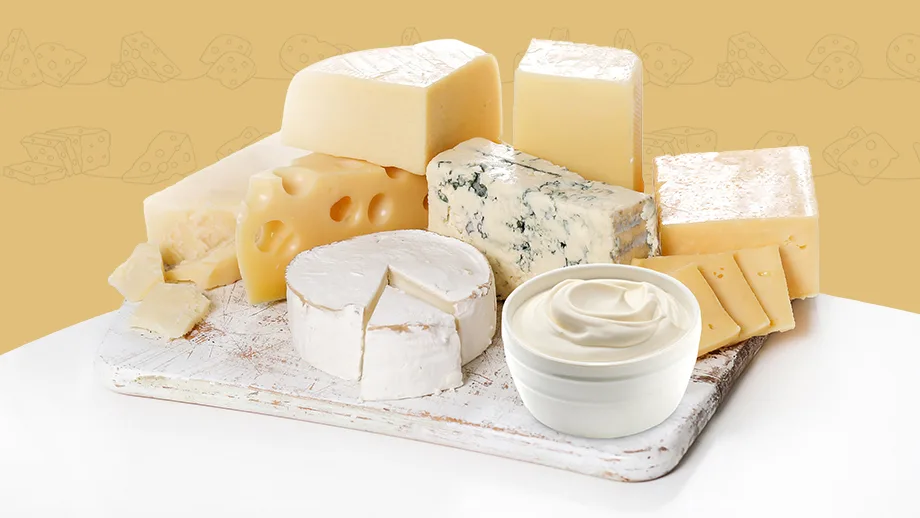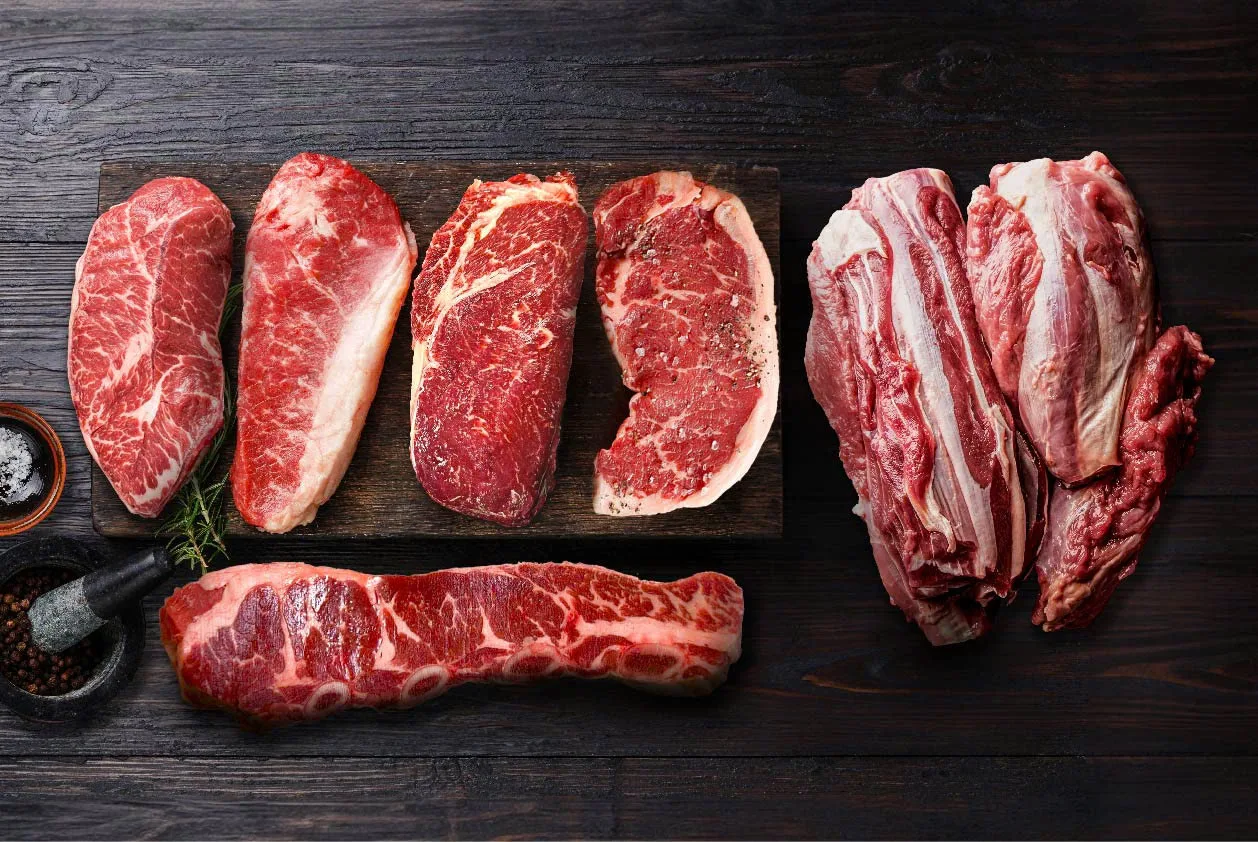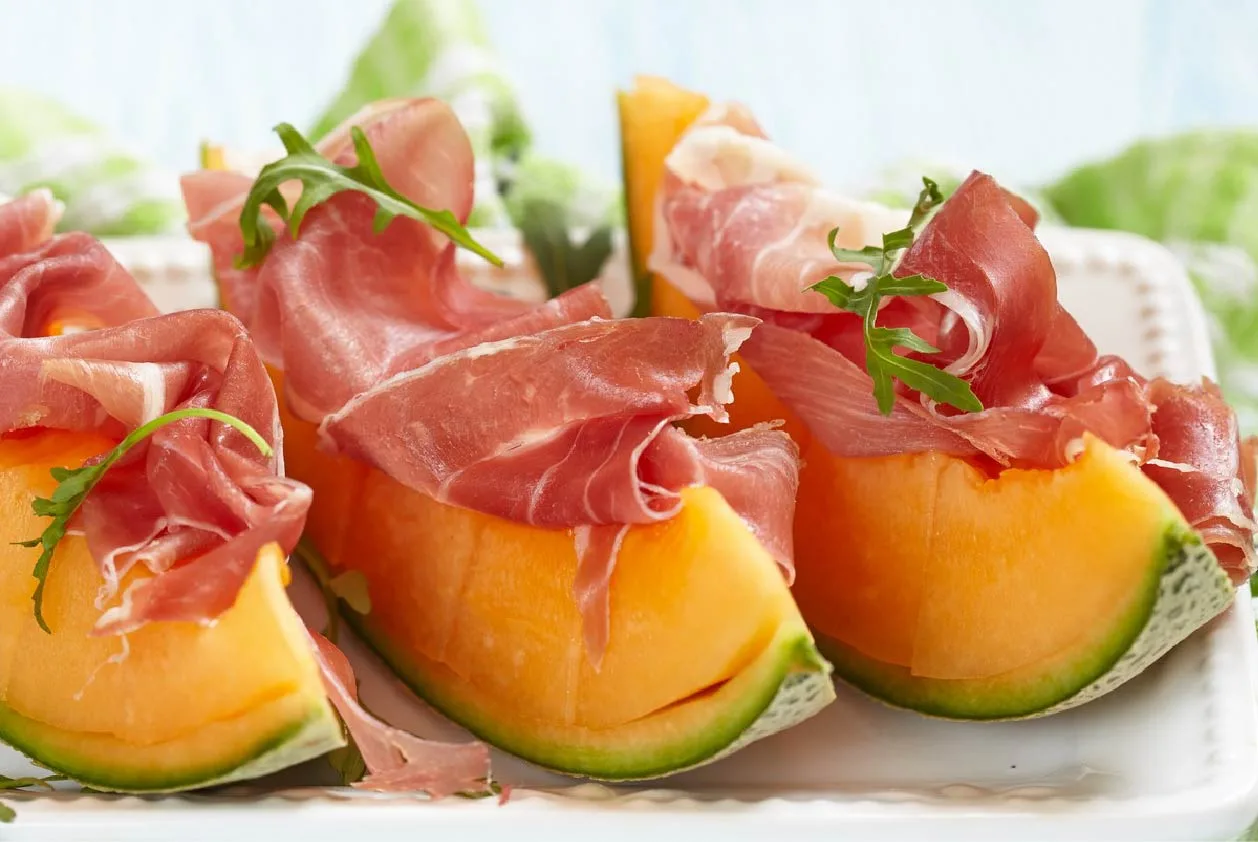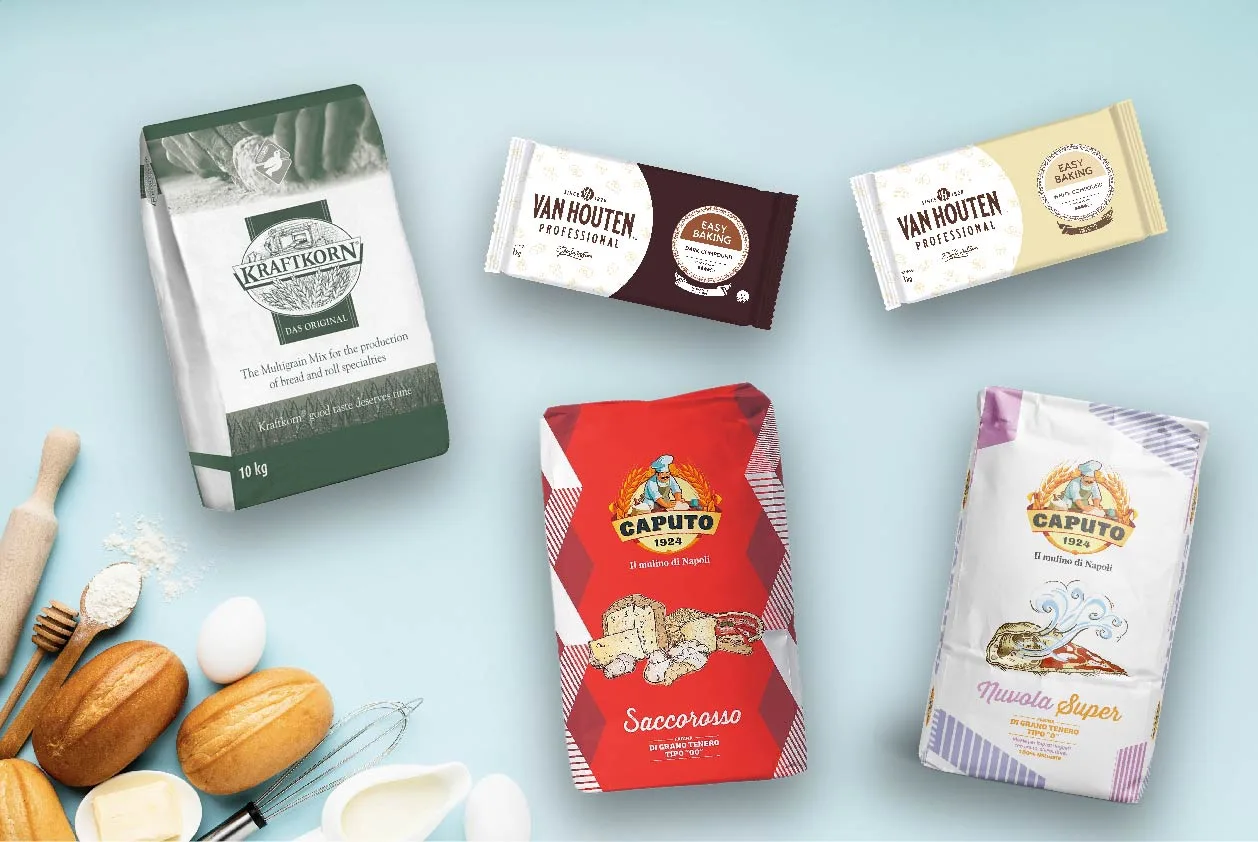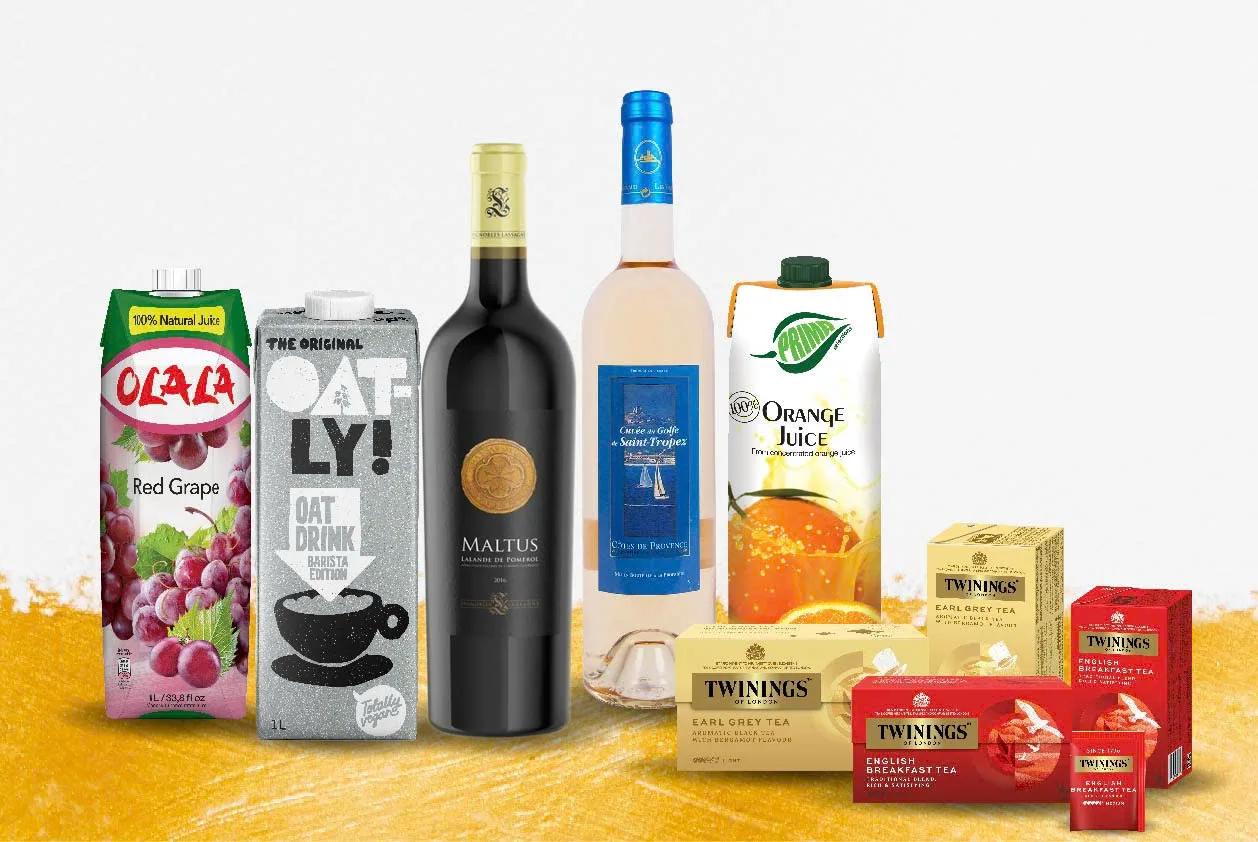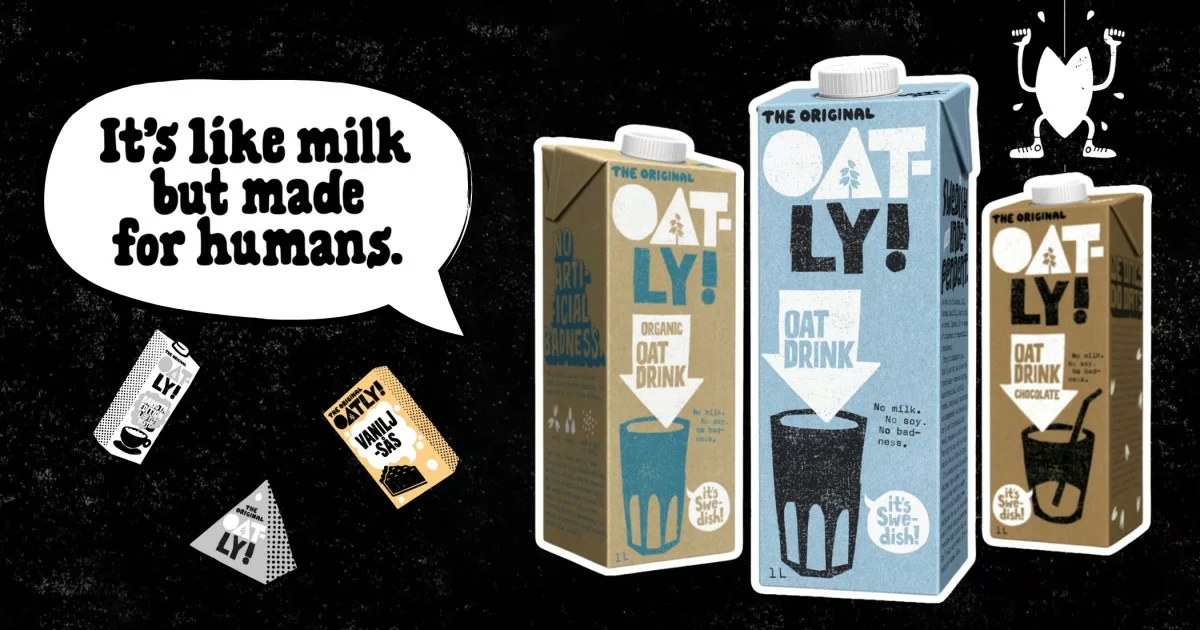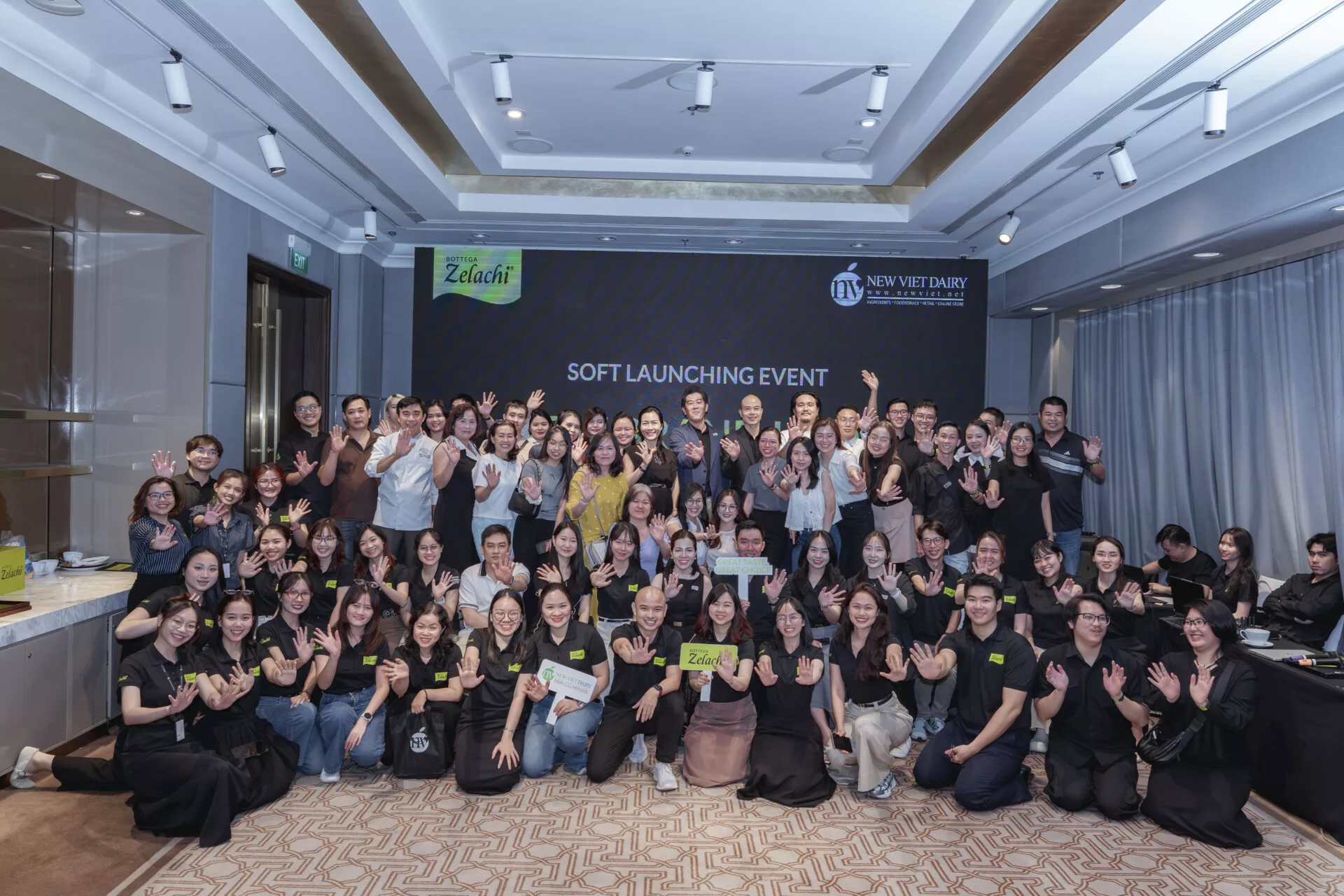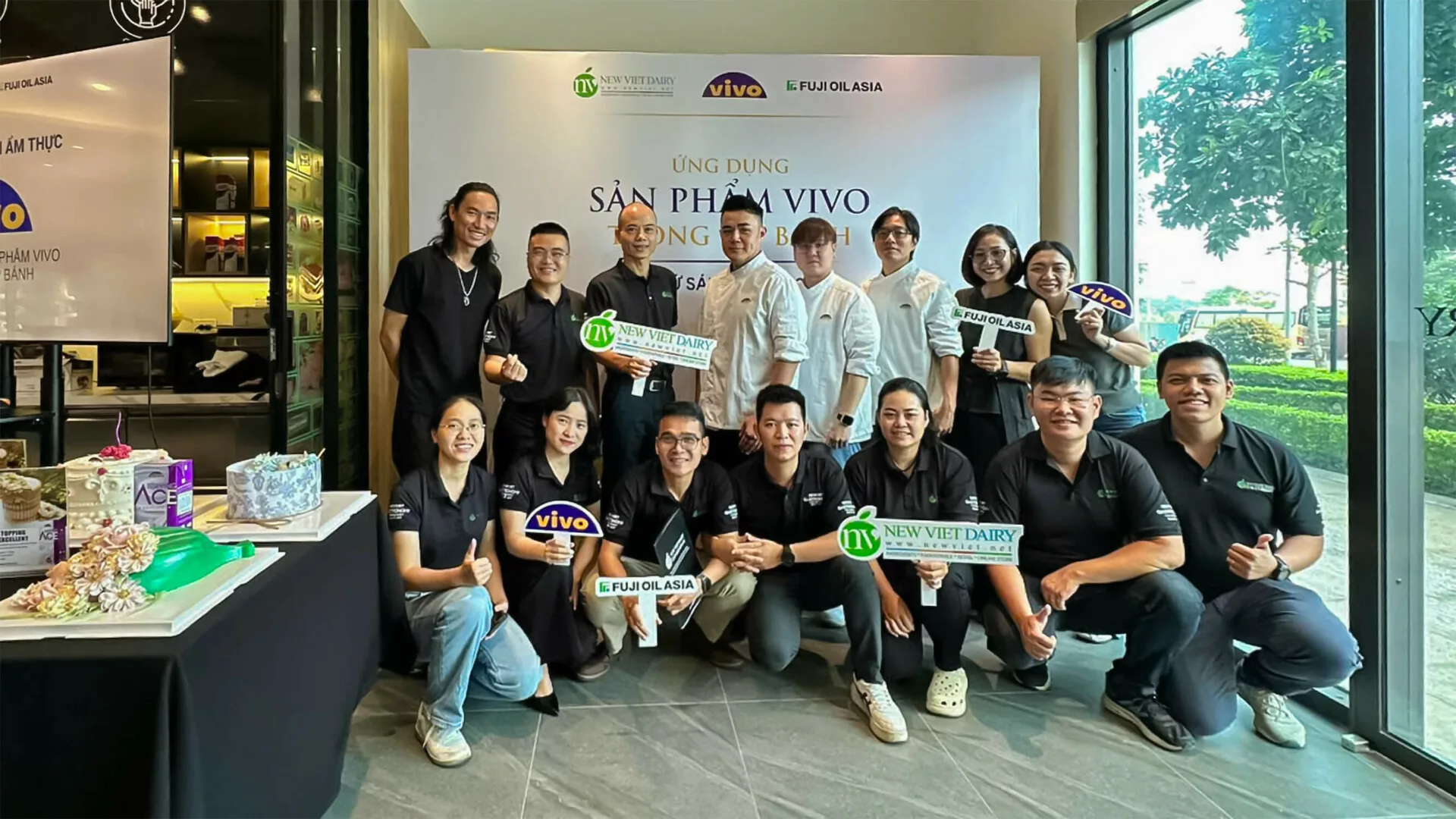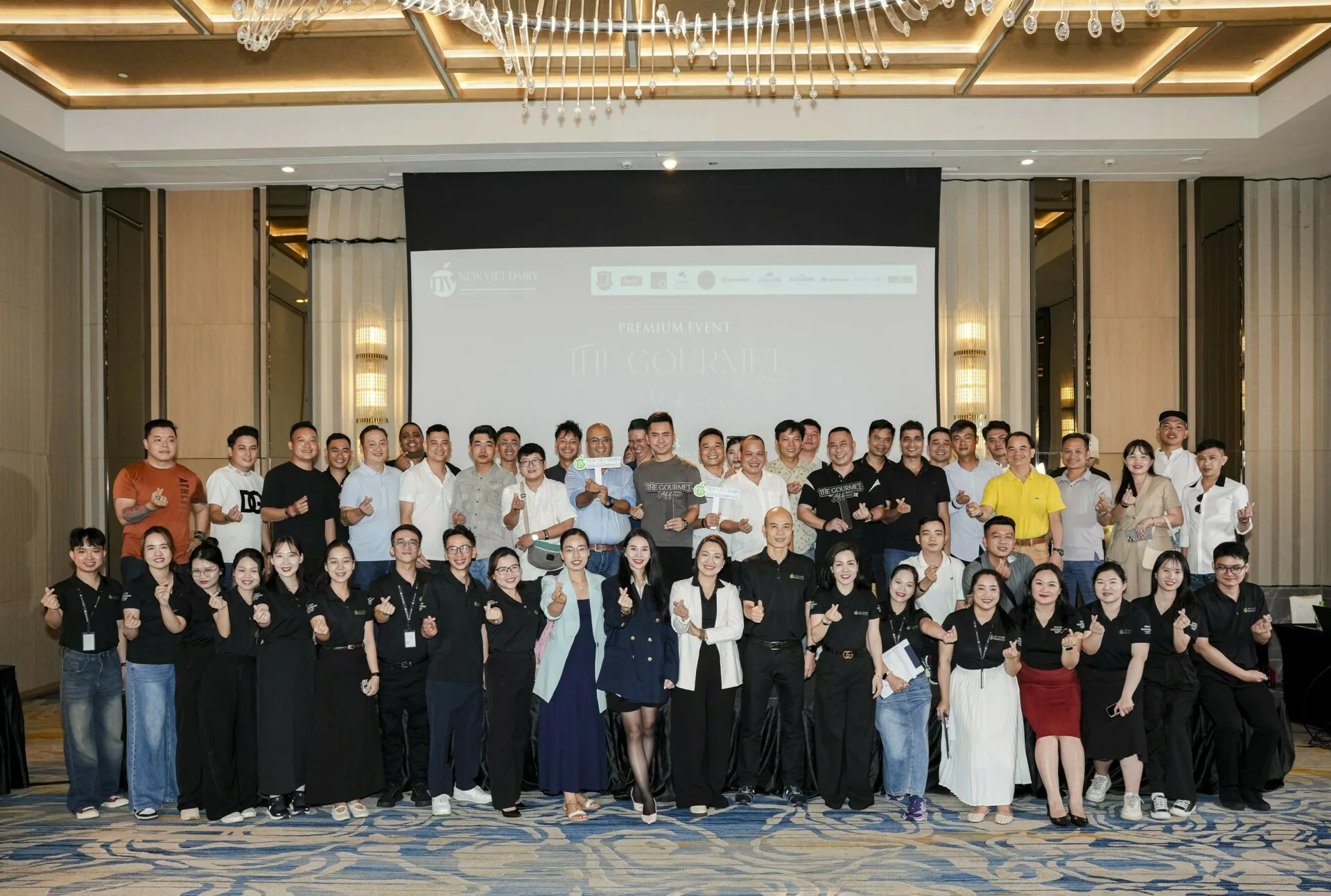In 2014, when plant-based milks were still seen as merely a “barely acceptable” substitute for animal milk, Oatly quietly “slipped into” American favorite lattes at coffee shops. This presence emerged naturally and spread like a “healthy virus.”
Interestingly, Oatly—a Swedish oat milk brand—stood in stark contrast to the “healthy, gentle” image people typically expect from plant-based products. Instead, they strategically chose to “disrupt” with a bold mission: to lure cow milk drinkers over to their side.
Oatly’s standout feature has been its unconventional advertising. In 2014, the company’s new CEO appeared in a TV commercial, singing a song that “directly challenged” the entire dairy industry. The lyrics carried a sharp irony:
“Like milk, but for humans… And wow, there’s no cow here at all.”
However, the ad was immediately banned after Sweden’s national dairy lobby filed a lawsuit. What’s remarkable is that by 2021, that same commercial aired during Super Bowl LV—the biggest sporting event in the U.S.
From that game onward, Oatly exploded into attention on Twitter and across media. Embracing satire, Oatly even leaned into controversy by releasing a free merchandise line titled “I Hate That Oatly Commercial”—a clever marketing move that turned criticism into customer engagement.

The “I totally hated that Oatly Commercial” collection highlighted Oatly’s signature deadpan wit – Source: Adweek
This wasn’t the brand’s first unpredictable marketing stunt. Oatly’s media strategies defied textbook formulas but achieved remarkable results.
Before becoming the “loudmouth” of branding, Oatly underwent a comprehensive makeover in 2014, from business strategy to brand identity. The company steadily pushed into the U.S. market at a time when plant-based milks comprised only a small fraction of the dairy market and consumers were largely unimpressed by substitute flavors.
Oatly—A Modest Start in Sweden’s Dairy Empire
Founded in 1994 by food scientists Rickard Öste and his brother Björn Öste at Lund University in Sweden, oat milk was originally designed for lactose-intolerant individuals. At the time, cow’s milk dominated the market, and the concept of plant-based milk wasn’t yet a consumer priority.

Rickard Öste (right) and his brother Björn—founders of Oatly – Source: Aventureab
In the 1990s, the average Swede consumed about 330 pounds (nearly 150 L) of milk per year, far more than Americans at around 233 pounds. Despite the large Swedish dairy market—especially among the lactose-intolerant “blue ocean”—Oatly couldn’t secure a significant share.

In the 1990s, the average Swede consumed about 330 pounds (nearly 150 L) of milk per year – Source: CNBC
For nearly two decades, Oatly remained a quiet Nordic niche. Although it debuted in the U.S. in 1996 under Pacific Foods’ organic label, it existed as a health-conscious niche product with no major consumer impact.
A pivotal moment arrived in 2012 when entrepreneur Toni Petersson joined as CEO. His disruptive mindset and refusal to waste Oatly’s potential were exactly what the brand needed. Petersson had an immediate international vision: recognizing that the plant-based milk market was nascent, he aimed for Oatly to be a pioneer. He positioned the brand not just as a “cow milk alternative,” but as a new lifestyle—“It’s like milk, but made for humans,” a satirical critique of dairy.

Mr. Toni Petersson is an entrepreneur with a disruptive mindset who was determined not to let Oatly’s vast potential go to waste. – Source: Oatly
In 2014, under Petersson’s leadership, Oatly underwent a full brand overhaul: redesigning packaging, switching all labels to English—signaling global ambitions—and clarifying its voice: bluntly humorous, defiantly challenging.
This wasn’t just a packaging or logo update—it was a revolution in customer communication. Everything was crafted to feel casual, non-commercial, and “authentically trustworthy.”
The “major revamp” of Oatly under Petersson. – Source: Aggregate
First, win over consumers through their “coffee cups.”
Demand for alternative milks continued to grow strongly. According to Mintel, from 2012 to 2018, sales of non-dairy milks rose by more than 60%, with an increasing variety—including macadamia, pea, coconut, pecan, quinoa, hazelnut, cashew, flax, and hemp milks. However, no plant-based milk captured consumer attention as strongly as oat milk.
One of Oatly’s smartest strategic moves was to focus on the B2B channel before going after end consumers. Instead of spending heavily to persuade people to buy their products in supermarkets, Oatly decided to infiltrate specialty coffee shops and major café chains.
Oatly’s market approach centered on baristas—those who prepare coffee—to introduce the product to customers. Under CEO Toni Petersson’s leadership since 2012, Oatly sent barista-specific versions of their product to trendy cafés in major cities. Intelligentsia Coffee, a renowned coffee brand, became Oatly’s premier launch partner. Many customers first discovered Oatly through espresso drinks with oat milk foam made by baristas. Caroline Bell, the owner of a café in New York, told TIME that they had tried soy, almond, hemp, and coconut milks—and none matched oat milk in coffee.
Once customers became accustomed to the flavor of oat milk lattes, demand for home use surged. By 2018, with Oatly present in over 1,000 cafés, the brand started appearing on supermarket shelves at chains like Wegmans, Fairway, and ShopRite, achieving $110 million in revenue.

By 2019, Oatly was stocked in over 2,500 cafés and stores. – Source: Oatly
Oatly’s appeal was further reinforced by creative advertising campaigns and product launches such as chocolate-flavored oat milk, “Oatgurt” (oat yogurt), and cream cheese, along with viral social media buzz. During the “oat milk shortage of 2018,” when demand outstripped supply and cartons were sold for up to $200 on Amazon, Oatly’s reputation and attention skyrocketed. By July 2019, oatly.com was receiving approximately 990,000 visits per week—an increase of over 500% compared to the previous year.
By September 2020, after only a few years on U.S. shelves, oat milk became the second-most popular plant-based milk in the U.S., overtaking soy milk, which had previously held the top spot. Still, oat milk’s sales lagged behind almond milk, which held a 63% market share with $1.497 billion in revenue for the year ending September 16, compared to oat milk’s $213 million and soy’s $202 million.
Thanks to this smart market entry strategy, Oatly rapidly became a leading brand in the narrative around plant-based milk’s rise in the U.S.

Oat milk sales in the US surged in 2019. – Source: CNBC
Going Against Advertising Norms
When discussing Oatly’s meteoric success, the brand’s bold and entertaining marketing campaigns cannot be overlooked. While product quality and business strategy were essential, Oatly’s creative campaigns acted as the “secret sauce”—akin to co-founder Rickard Öste’s innovative method of dissolving oat fiber to achieve a silky, dairy-milk-like texture without added sugar. Ultimately, these campaigns became the differentiating final ingredient that helped Oatly stand out among many non-dairy milks.
Outdoor advertising became Oatly’s favorite playground, with countless unique and viral executions. They weren’t afraid to test bold ideas—packing billboards with text to emphasize product imagery or renting three adjacent ad spaces to deliver witty yet approachable messages.

Creative advertising campaigns are the “finishing touch” that helps Oatly stand out from the crowd of other nut milks. – Source: Synthesis
A standout example of Oatly’s cleverness appeared in the Paris market. With French law prohibiting brand logos or product visuals in outdoor ads—permitting only artistic imagery and messages—Oatly cleverly circumvented the rule by leveraging environmental elements like trucks and pallet handlers to craft surprising, impactful messages. It was the perfect playful yet wholesome brand debut in France.
In April 2025, Oatly once again made a splash with a blind-test campaign—a staple in the beverage world—executed in their trademark self-mocking style. Instead of highlighting their brand as traditional ads do, they downplayed their own importance, concluding: “I like Oatly if I didn’t know it was Oatly.”

Oatly deliberately downplayed its own role in the blind test campaign with the paradoxical conclusion: “I like Oatly if I don’t know it’s Oatly.” – Source: Build Hollywood
This approach turned advertising into pure entertainment rather than direct sales. Oatly created quirky, self-referential, even slightly “silly” content—not always directly related to oat milk—but designed to make audiences laugh and remember the brand.

Oatly produces quirky, self-deprecating, and even slightly “silly” content.– Source: The Drum
With a creative philosophy of “not missing any crazy idea,” Oatly rolled out an email spam campaign in 2023—a taboo in marketing. Instead of hiding it, they plastered it on giant outdoor billboards and launched a monthly newsletter called “Spam by Oatly.” It featured absurdities like oat-milk latte recipes styled as an eye exam, employees’ pet photos, and even instructions for including their web developers in their wills. This audacious move turned a forbid into a brand awareness catalyst and sparked a lively social media conversation.

The “Spam by Oatly” campaign in 2023. – Source: The Works
Oatly’s “reverse marketing” philosophy extended to crisis handling. The brand created a website called “Fck Oatly” (fckoatly.com) where they publicly acknowledged and explained past missteps—from selling oat pulp to pig farms to facing global backlash over controversial investments. The site even teased “more scandals coming soon”—embracing a “consistent inconsistency” approach.
Brendan Lewis, Global Communications VP, said that F*ck Oatly reflects transparency and authenticity, offering a space for users to explore rather than being force-fed their narrative. What started with a few hundred visits quickly surged past 247,000.

The “Fck Oatly” website publicly acknowledges and explains the brand’s past mistakes. – Source: Screenshot
They even anticipated backlash and introduced follow-ups like “Fck Fck Oatly” and “Fck Fck Fck Oatly,” inviting users to express dissatisfaction—a clever, playful riff on trolling.
These audacious moves resonated strongly with many consumers, though they also stirred controversy. Critics argued the ads were “cheap clickbait” since the product rarely appeared on the billboards.
Yet Oatly’s Creative Director told Contagious: “being ignored is scary—if no one looks, nothing matters.” Accepting that oat milk itself isn’t inherently exciting, they prioritized making people smile at the sight of their ads.

The “response to the response” version – “Fck Fck Oatly” – was created to let users express their dissatisfaction with the brand. – Source: Screenshot
Of course, Oatly’s innovative marketing cannot be separated from a sound business strategy—patience and perseverance in entering each market served as the foundation behind their success. From the beginning, their B2B focus on cafés and baristas proved the golden key that allowed Oatly to reach consumers in a natural and persuasive way.

With a humorous, approachable advertising style and a deliberately unconventional mindset, Oatly has built a unique and distinctive brand identity. – Source: Green Queen Media
With humorous, approachable ads and deliberately contrarian thinking, Oatly built a distinct brand image that remains memorable—even though they started as a modest alternative in the Swedish dairy empire.
Source: Phuong Quyen – brandsvietnam
